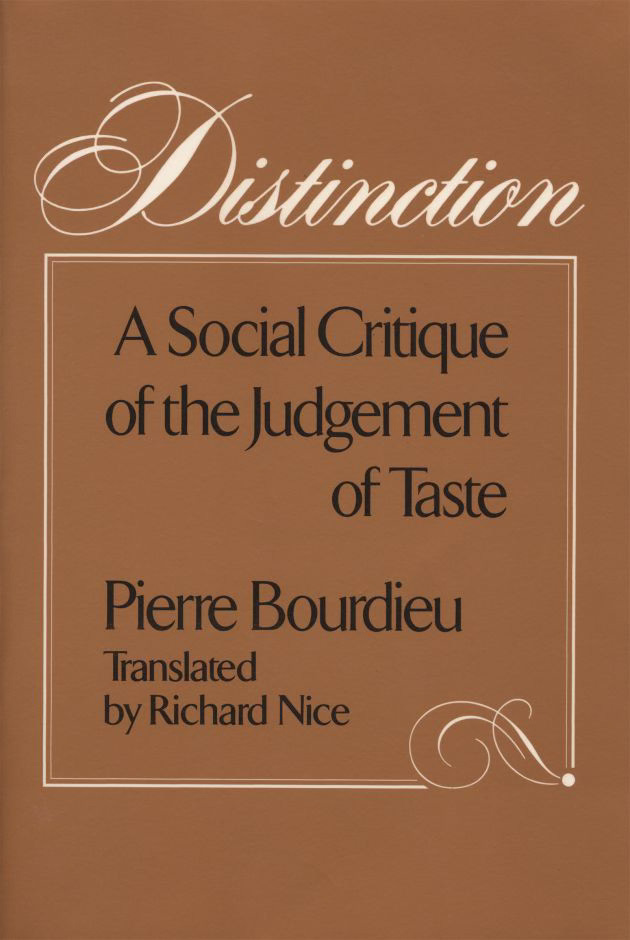Nostalgia for the Present, 2
How symbolic codes and mediated spectacles help us forget our planetary emergency

As we discussed last time, over the last centuries, excess production of food, energy, and other stuff made it possible for multitudes of entitled urbanites to avoid undertaking the many dank, brutal tasks required to perpetuate life and maintain a functional civilization. Today, this surplus population, the creative class or “cognitariat,” still spends its days manipulating symbol systems within virtual displays, flinging paint at canvas, arguing about Deconstruction and Marxism, making angst-riddled independent films, life-coaching life-coaches, and so on, sometimes becoming fabulously wealthy in the process.
When you are floating within such an elite cultural dreamworld—whether contemporary art, rock and roll, fashion, philosophy, EDM, the “Quality Lit Game,” film, or whatever—you only wish for the dream to continue forever. In fact, it seems unimaginable that the magic could ever end. Those hovering on the marginal edge of one of these cultural dreamworlds naturally try to reach the center of the action: That cozy place where awards, accolades, and financial rewards get lavishly dispensed, where genetically undifferentiated humans possessing some level of charisma, talent, or luck become moguls or super stars.
Each cultural arena, as it evolved through modern and postmodern times, invented and then elaborated its own codes, rules, and signifiers—a professional syntax that those playing the game learn to employ fluently, with exquisite skill. French anthropologist Pierre Bourdieu defined this as “cultural capital.” Bourdieu identified three kinds of cultural capital: Embodied (acquired and assimilated as skill and knowledge), institutional (academic degrees, New York Times reviews, and so on), and objective (physically possessed). One reason young people still flock to New York City and a few other urban centers around the world is to gain cultural capital, which has practical uses. Having lived in NYC or Paris is, in itself, a form of “embodied” cultural capital they take with them when they move back home, or go someplace else.

A fantastic example of cultural capital is conceptual prankster Maurizio Cattelan’s infamous art piece, Comedian, a banana he duct-taped to a gallery wall at Art Basel, which generated popular outrage after an edition of three sold for $120,000 - $150,000 each. This made no sense to those unschooled in a century of modernist art practice. Those inside the discourse, holding the requisite cultural capital, deemed it a skillful intervention, referencing DaDaist readymades, self-reflexively commenting on the absurdity of the art system and art market, while perpetuating that system and creating value within it.
Vogue quoted art dealer Bill Power on the duct-taped banana: “The genius of Cattelan’s banana is that it draws out the mainstream media’s suspicion that all contemporary art is a type of emperor’s new clothes foisted on rich people. Was it Warhol who said, ‘Art is whatever you can get away with’? Case in point.”
Obviously, the transient thrill of a work such as Comedian has nothing to do with aesthetic qualities. It reveals the artist as brand strategist, positioning himself skillfully within their particular market. This is what successful people do these days. Politicians, for instance, build their campaigns around polling data and lobbyist cash, constantly moderating their policies on even the most substantive issues, such as fossil fuels and the biospheric emergency.
As specialist language or syntax evolves to become more self-referential and insular in any field, the actual productions within that field tend to drift further and further away from being attractive, useful, or meaningful to anyone outside of that symbolic system. Postmodern Western society has pushed this tendency to the extreme.
Cryptocurrency demonstrated this “Emperor’s new clothes” situation in its full glory. But the entire financial services sector, selling elaborate financial instruments like Collateralized Debt Obligations or Credit Default Swaps, is not that different, as the 2008 market crash revealed.
Sam Bankman-Fried was a DuChamp-ion of the finance world, creating massive value out of zilch. But artists like Cattelan never pretend their art work has value beyond what critics and collectors ascribe to it. SBF somehow convinced his sector of the market—if not the experts who were in on the game, at least the suckers he fleeced— that the speculative digital collectibles he traded back and forth were actually worth something.
Keep reading with a 7-day free trial
Subscribe to Liminal News With Daniel Pinchbeck to keep reading this post and get 7 days of free access to the full post archives.





